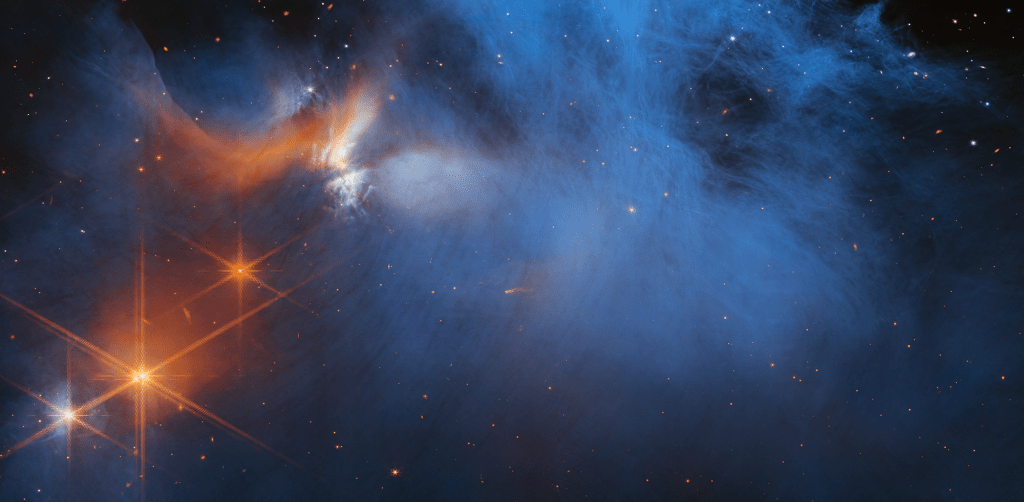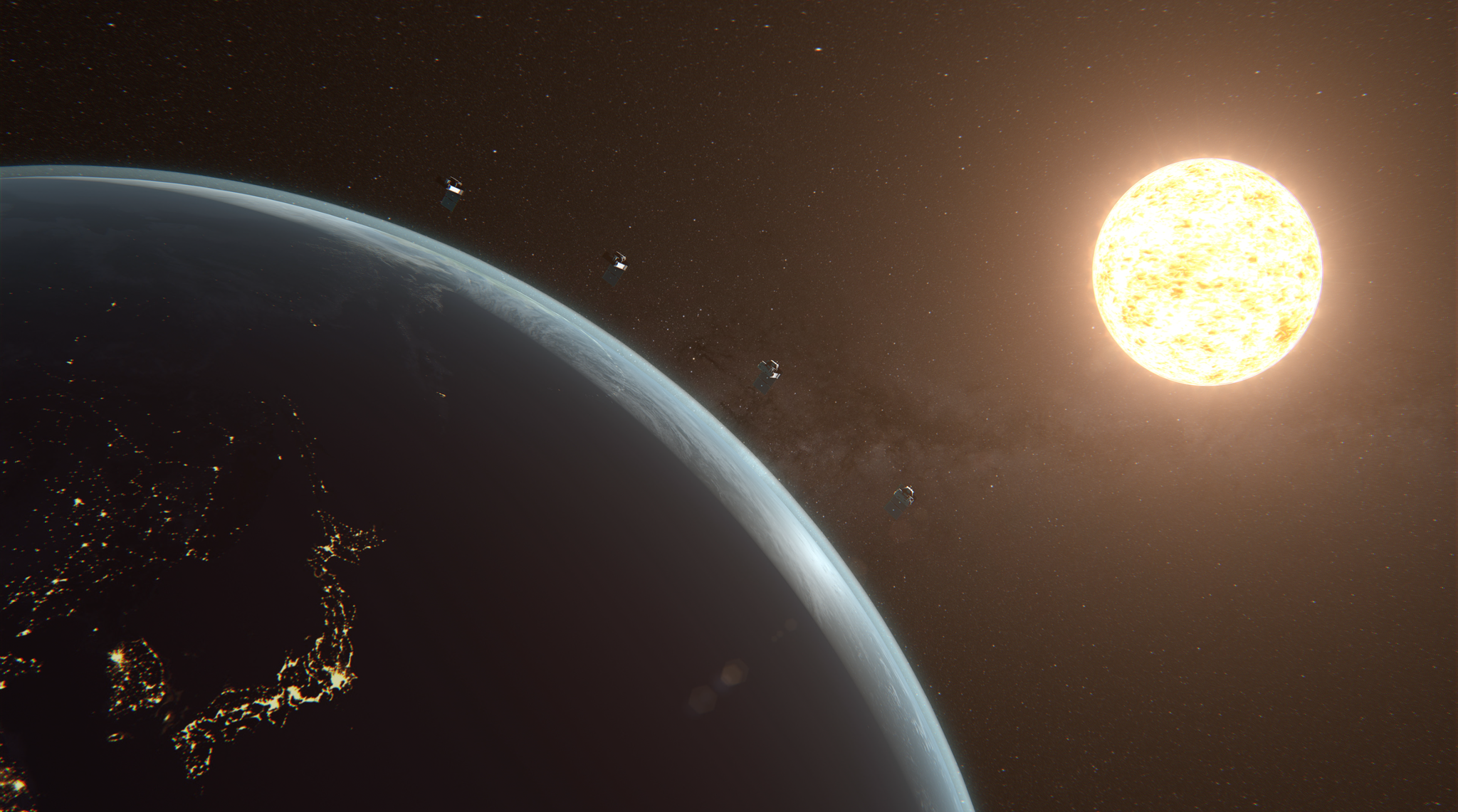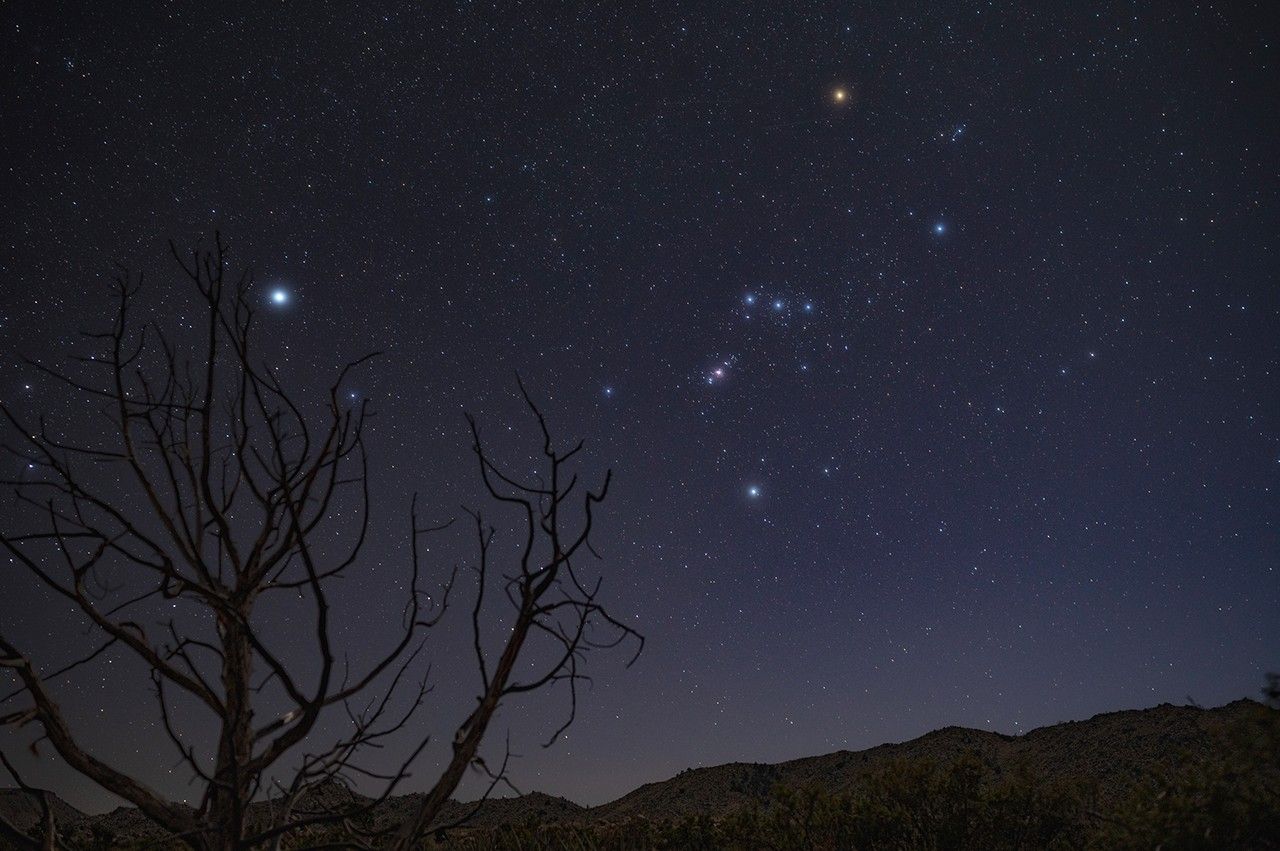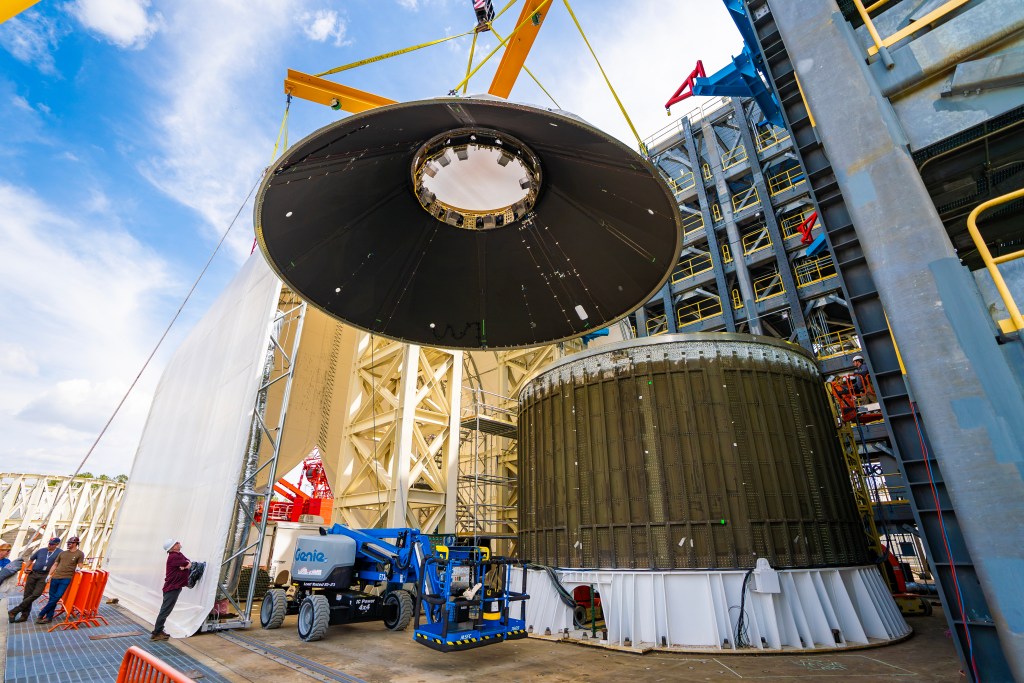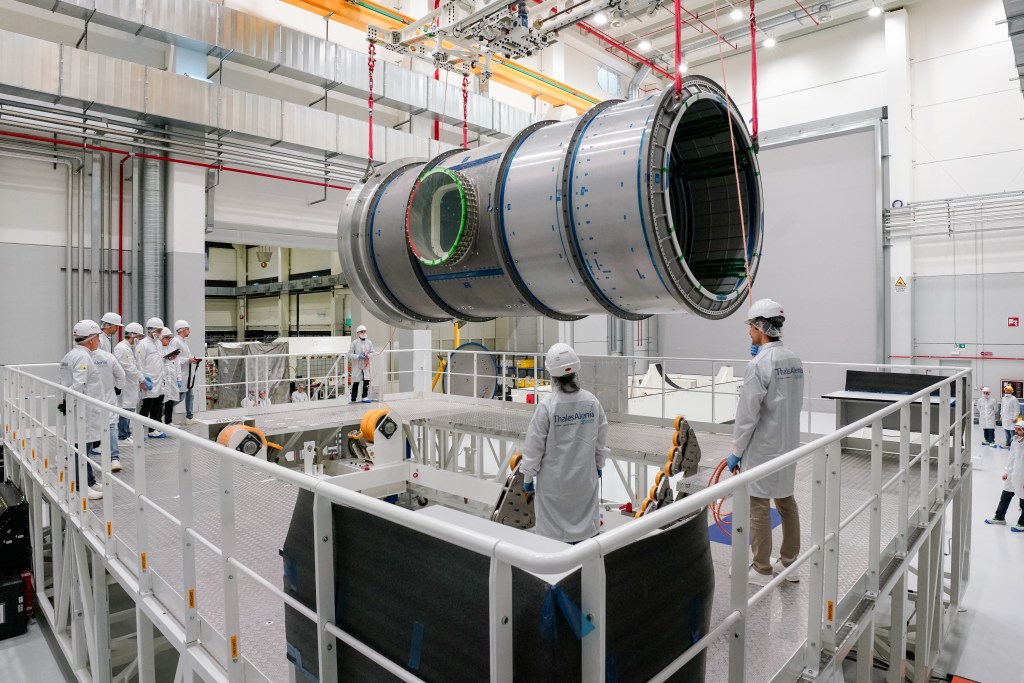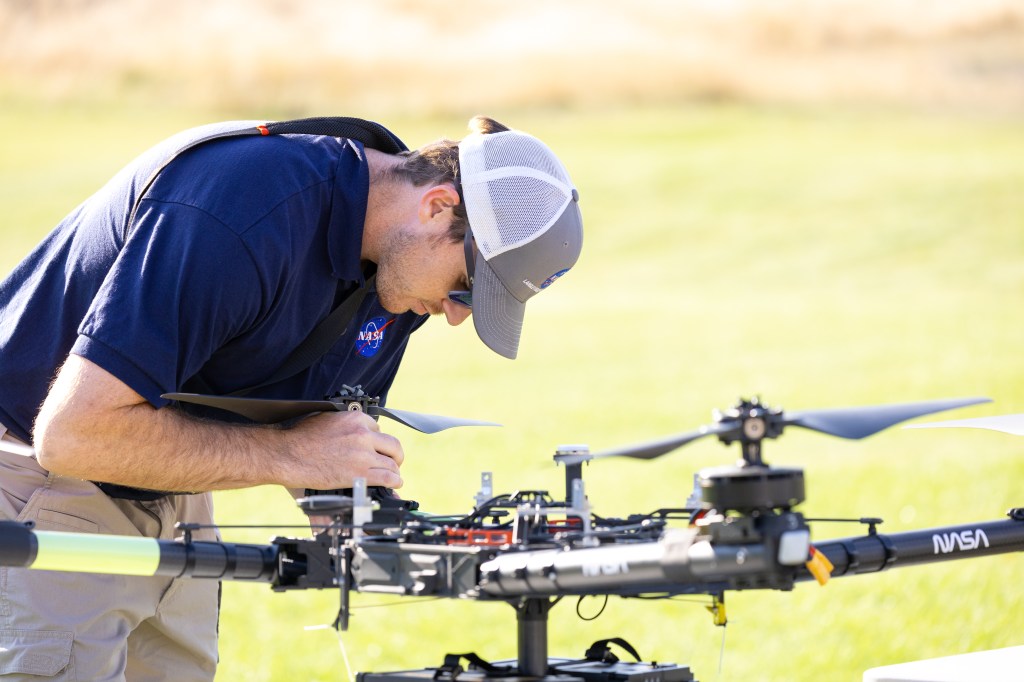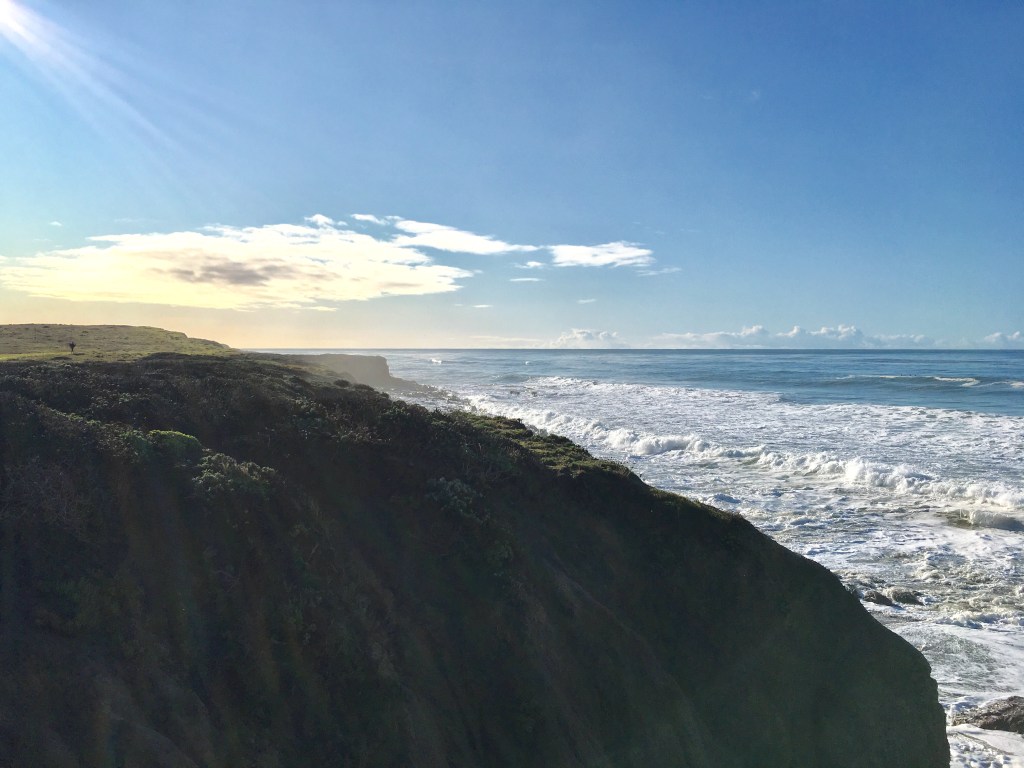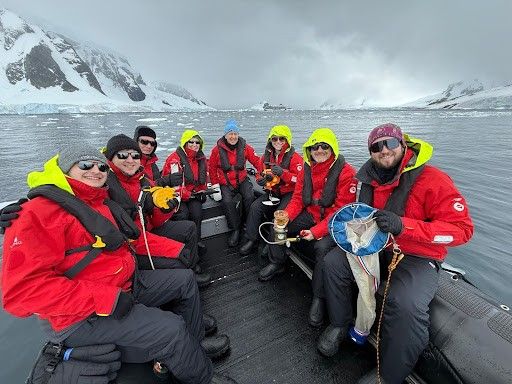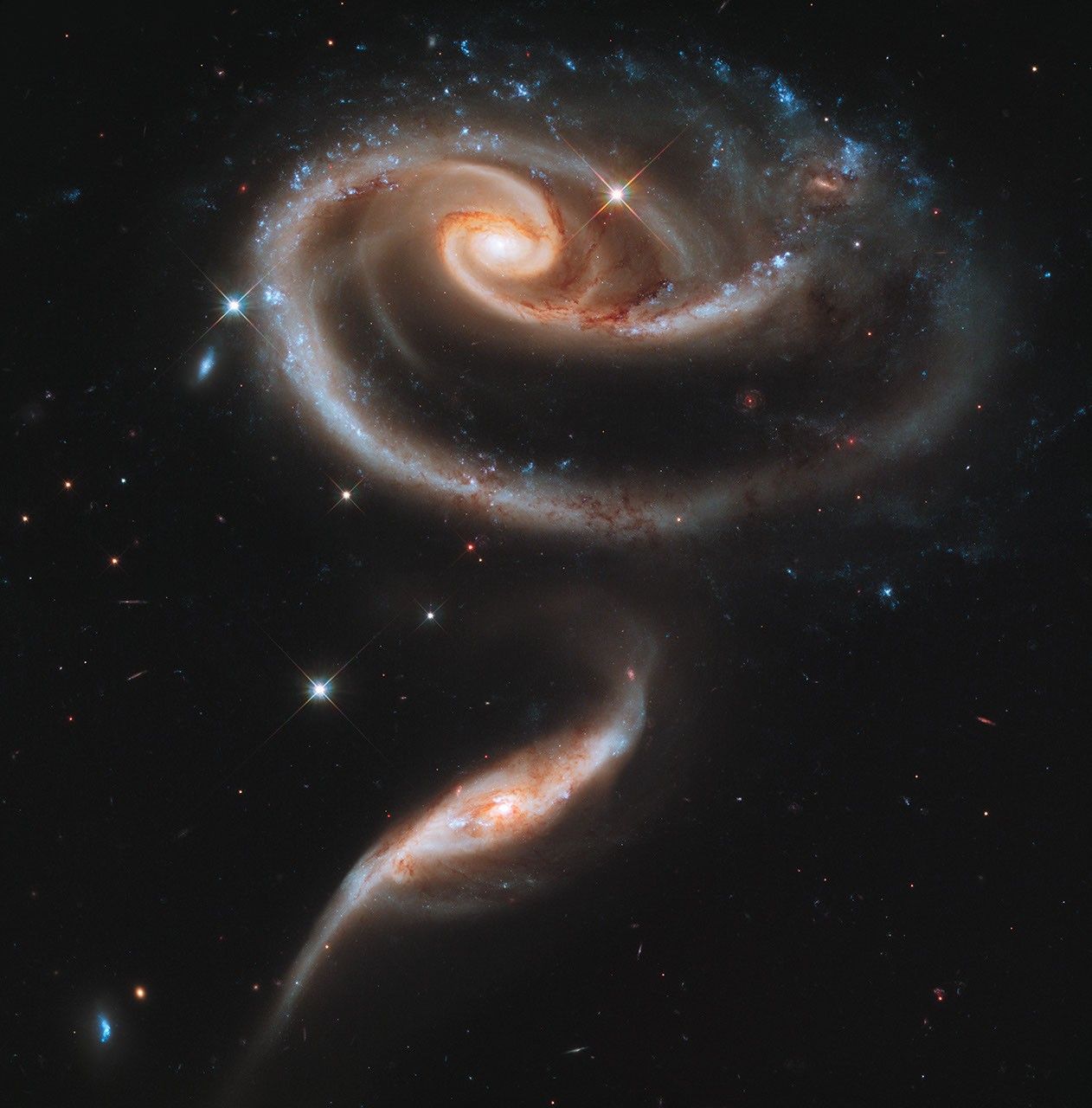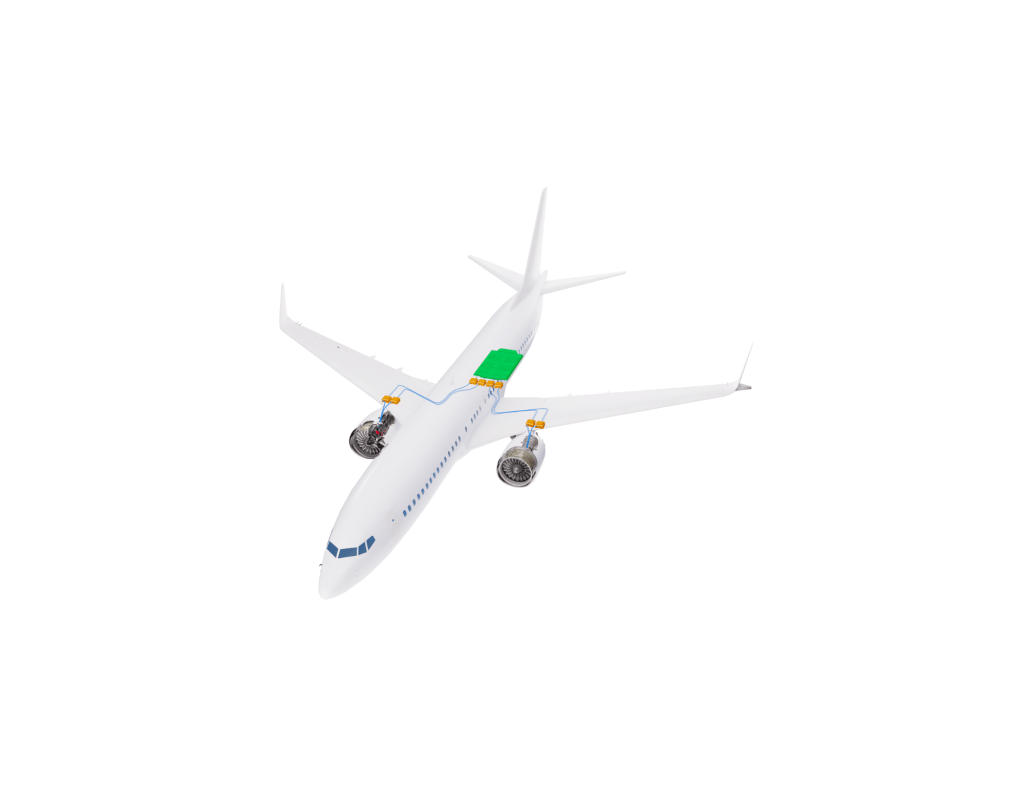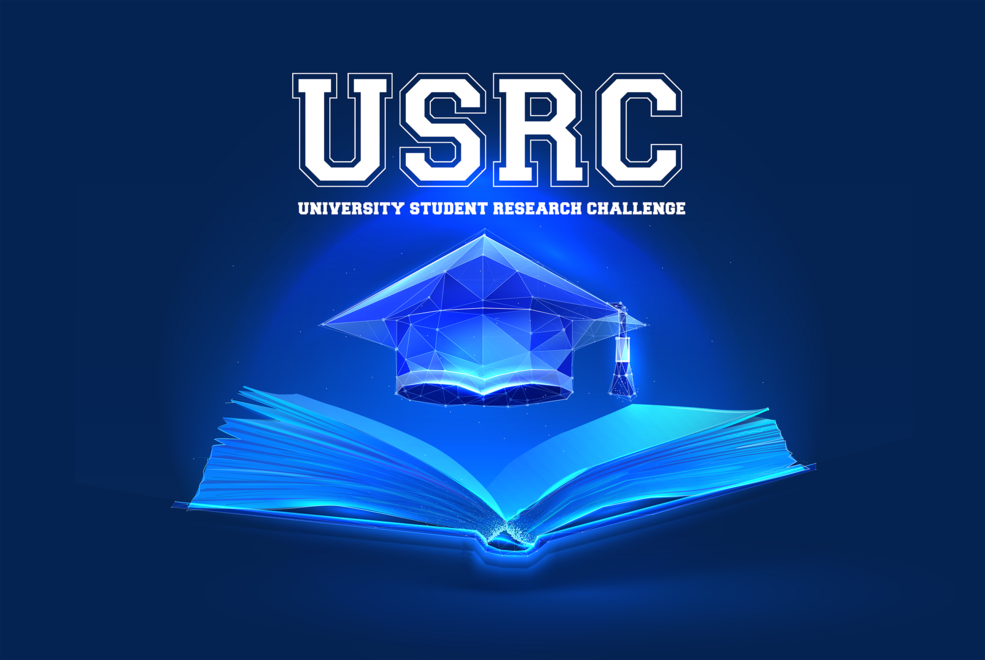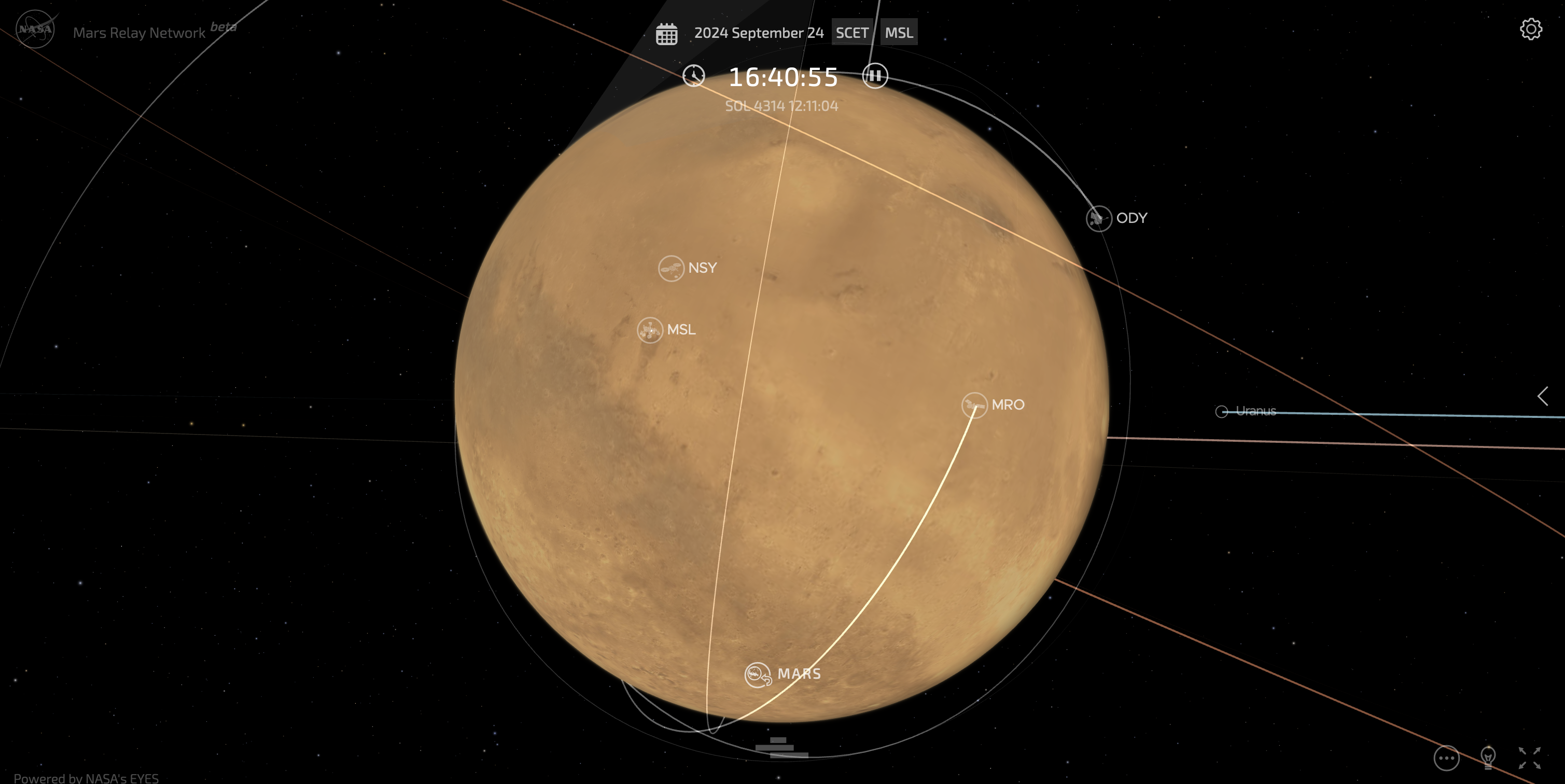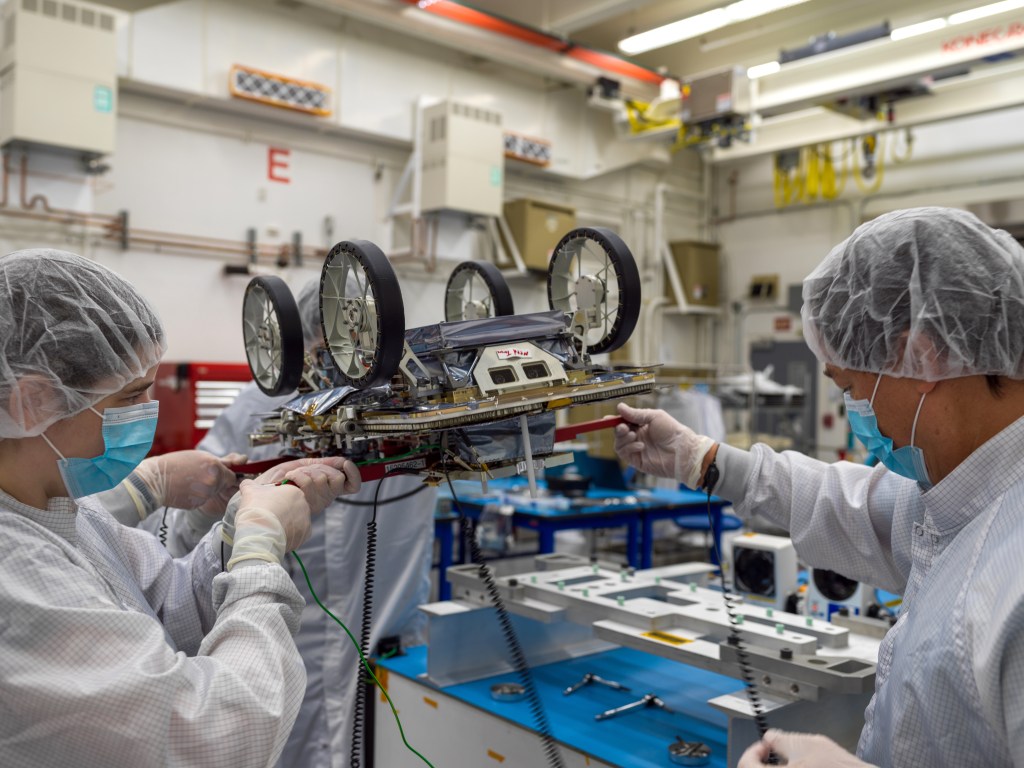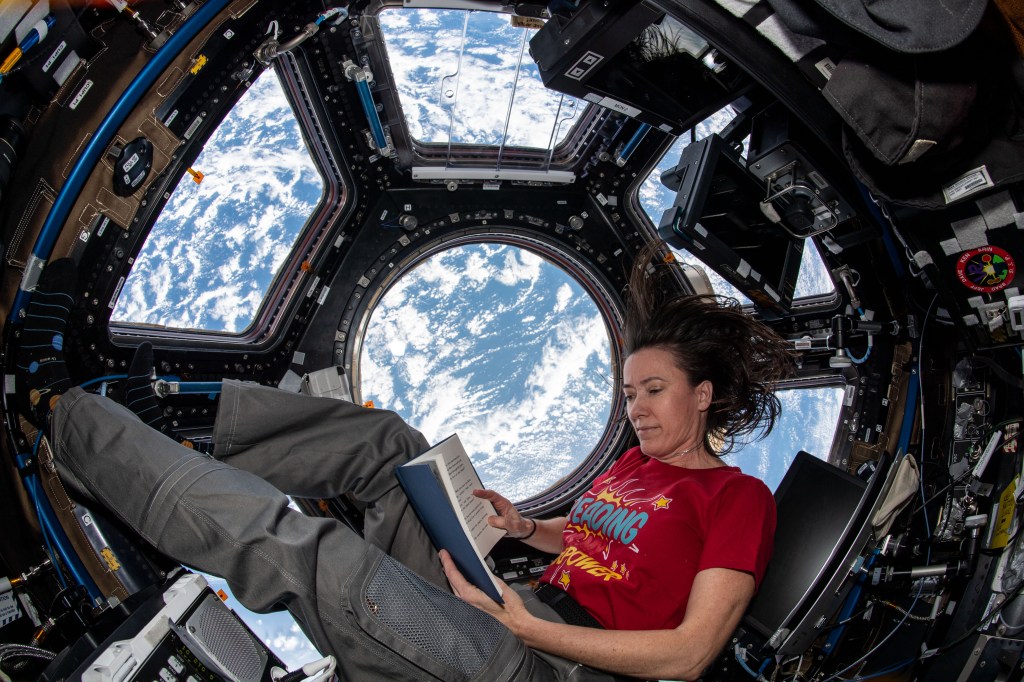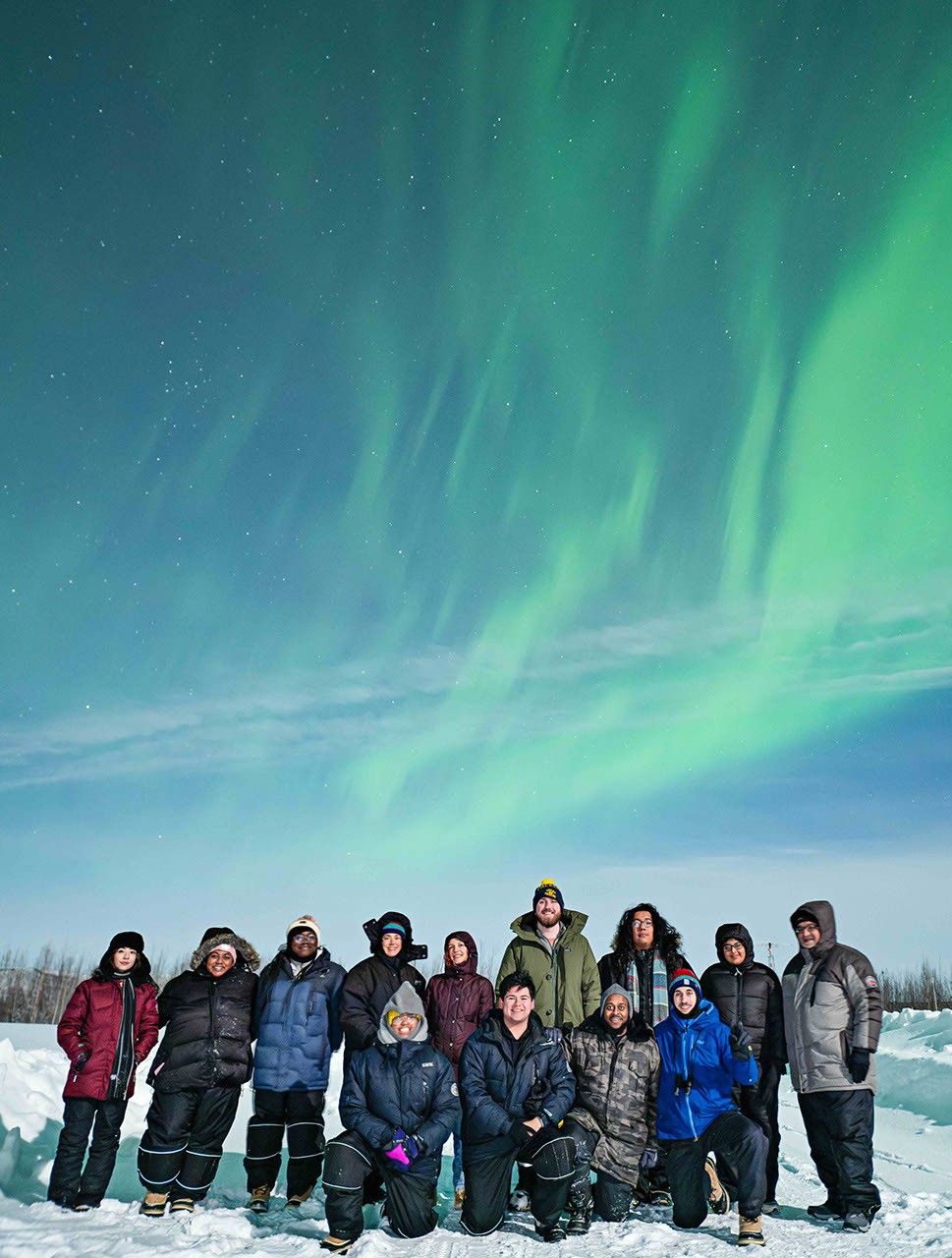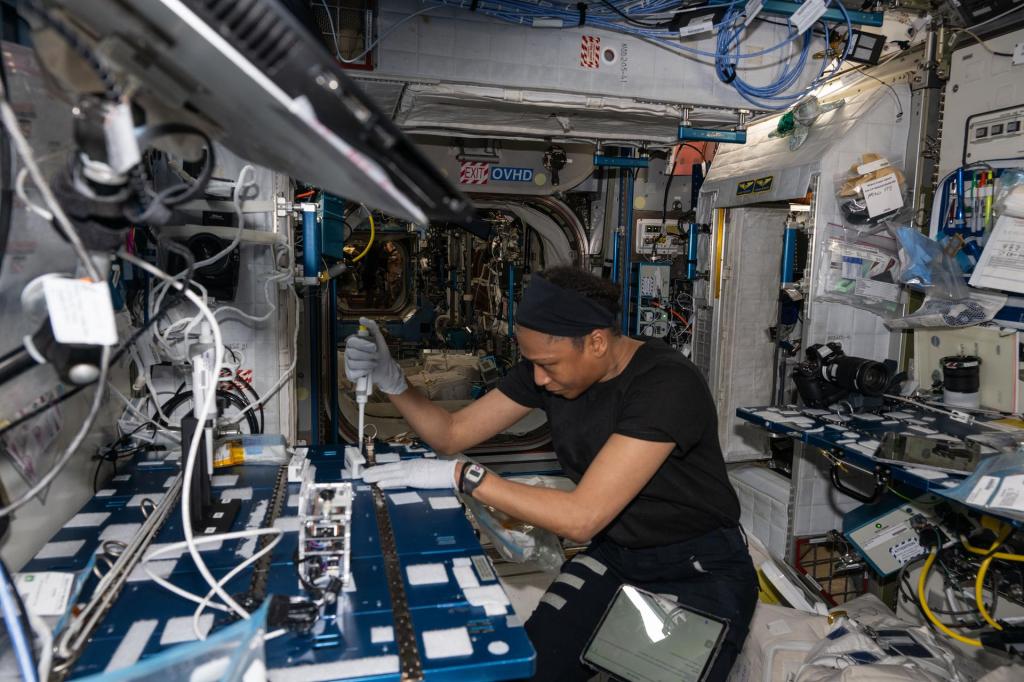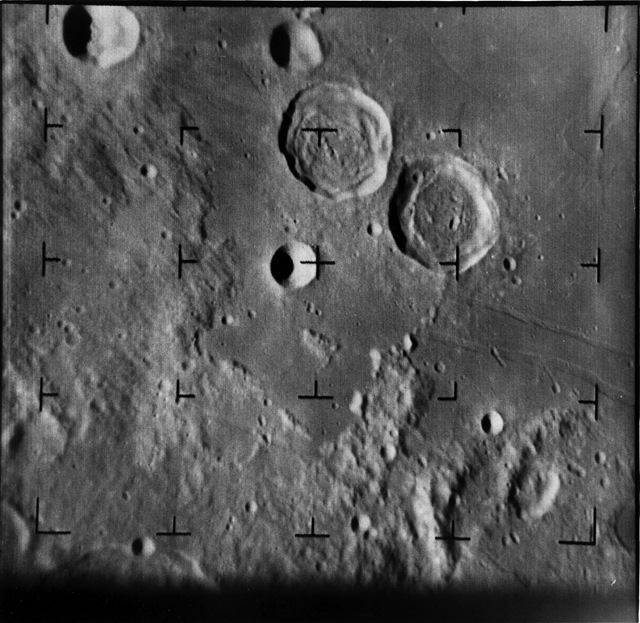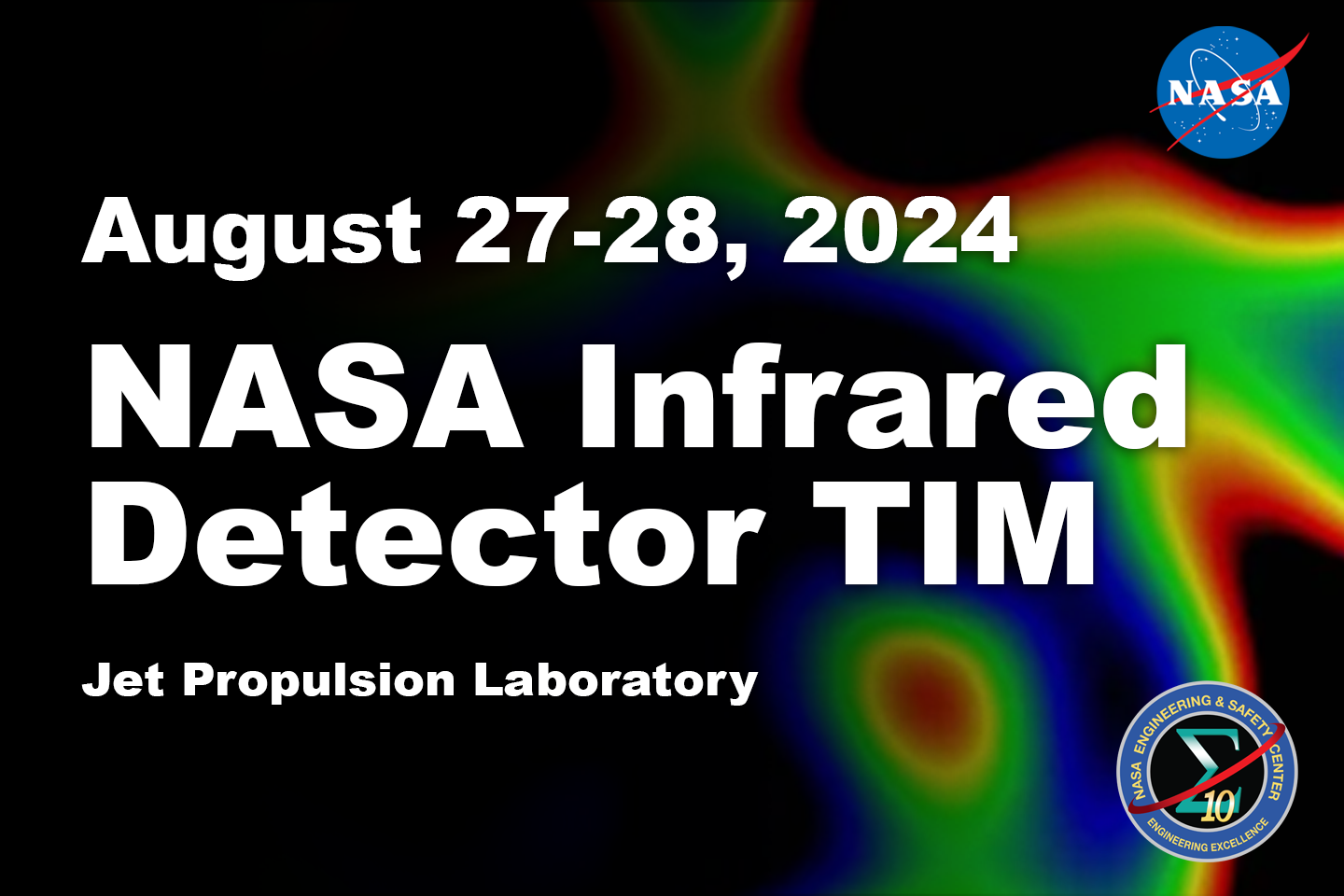When/Where
August 27-28, 2024
Venue: Jet Propulsion Laboratory, building 180 Room 101
Hotels in Pasadena: Hilton, Courtyard by Marriott
Driving directions: https://www.jpl.nasa.gov/
Program: Coming soon
Who may attend?
Invited participants from the NASA Centers, NASA HQ, and the broader community of IR technology developers and stakeholders. All participants must be U.S. Persons – the meeting will be held at the CUI level and presentations may contain ITAR material.
Purpose
The purpose of the TIM is to openly discuss and review the current state of IR technology in the 2-1000 µm wavelength range. This workshop is intended to evaluate existing relevant NASA-needed technologies and developments, identify opportunities for investments and collaboration, and formulate agency-level strategies to meet its near- and far- term needs for science and exploration missions. The presentations and contact information list will be captured in a proceedings package that will be available to all attendees and NASA stakeholders.
Background
IR detector technology is critical for NASA’s future missions, many of which require state-of-the-art infrared payloads in support Science Mission Directorate (SMD), Space Technology Mission Directorate (STMD), and Exploration Mission Directorate (EOMD). IR sensors utilized in infrared missions span a wide gamut, including multispectral, polarimetric imaging, point-source detection, scanning dispersive hyperspectral imaging, staring interferometric hyperspectral imaging, and astronomical imaging. Space-qualified IR detectors are a leading item on NASA’s critical technology lists as they are key enablers for many science missions. The objectives and IR sensor needs for future NASA missions are described in the most recent decadal surveys for Earth Science, Planetary Science, Heliophysics, and Astronomy and Astrophysics:
- Thriving on Our Changing Planet: A Decadal Strategy for Earth Observation from Space
- Origins, Worlds, and Life: A Decadal Strategy for Planetary Science and Astrobiology 2023-2032
- Solar and Space Physics: A Science for a Technological Society
- Pathways to Discovery in Astronomy and Astrophysics for the 2020s
To promote knowledge sharing among science and engineering practitioners external- and internal-to NASA, the NASA Engineering and Safety Center (NESC) Sensors & Instrumentation Technical Discipline Team (S&I TDT) recently established an IR Detector Community of Practice (IR CoP).

